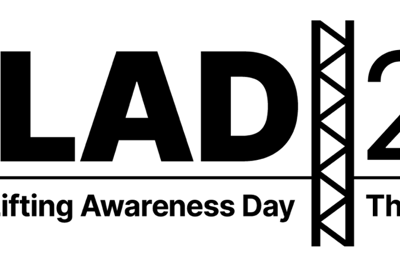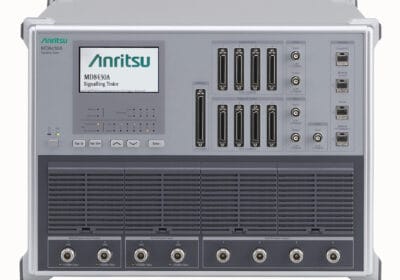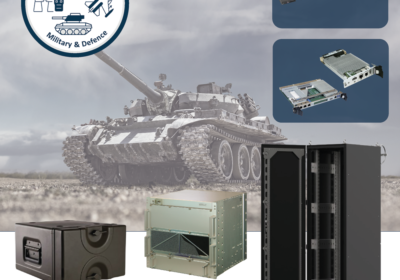Medical equipment supply can be literally a matter of life and death. The high levels of control and visibility required are only achievable if grounded on a competent Enterprise/Manufacturing Resource Planning (ERP/MRP) system, writes Sara Duff, UK Business Development Manager at MRPeasy.com.
The pandemic has thrust the manufacture and supply of medical equipment into the spotlight. As health authorities scrambled to secure PPE and ventilators, or to kit out ‘Nightingale’ hospitals, we gained some understanding of the complexities involved.
Definitions vary, but medical technology can cover anything from syringes and scalpels produced in their millions, at relatively low cost, through to X-ray machines and diagnostic scanners worth hundreds of thousands. A high degree of variety is characteristic. Even surgical instruments that have, in their basic form, been around for generations exist in profusion to suit specific procedures and the preferences of different medical schools and individual clinicians. Only recently the Royal College of Surgeons called for the development of smaller, lightweight instruments to prevent strain and fatigue in surgeons during a particular procedure. Rates of innovation are high – the sector made 13,795 filings with the European Patent Office in 2018, almost 8% of the total.
The UK market for medtech is the sixth largest globally, worth £12 billion a year, and with a healthy export business (Euro 5.9 bn) especially to the EU and US. While the market is driven by around 53 large companies (of over £50 million turnover), 84% of an estimated 3,942 companies in the sector are either SMEs or small specialist divisions of larger companies. For these in particular, the market presents acute challenges, both technical and commercial, which ERP/MRP can help them meet.
Technically, medtech is often working at the bleeding edge of the science: design and production may barely have escaped the lab. That can make component supply uncertain, and may also mean that manufacturing procedures and processes are subject to frequent revision, which systems must be able to accommodate. More generally, medtech demands the very highest manufacturing and quality standards: tolerances, surface finishes, material composition and purity as well as functionality. Quite often quality must be assured by 100% inspection rather than statistical sampling, and of course QA and test results must attach to the individual item ID and follow it through to the clinician’s hand or, in the case of items
such as prosthetics and implants, much longer.
The design and manufacture of many medtech devices and equipment is highly regulated – the UKCA mark is replacing CE certification post-Brexit, but the rules are essentially the same – so there is a large community of specialist test, assurance and certification houses which have their own stringent requirements for process control and visibility.
There may be similar requirements to assure adherence to clean room and other hygiene protocols, not just in manufacturing but throughout the supply process. Not to be neglected, similar requirements may extend to packaging, which particularly for single-use devices may form an integral part of the product. And given the exotic nature and high value of some of the materials used in medtech, even scrap and waste flows may require rigorous planning and control.
Connetika, for example, is a manufacturer of miniature fluidic components and systems for the health sector and elsewhere. Established in only December 2019 and immediately faced with pandemic-induced demand, the company selected MRPeasy, particularly for its capabilities in lot tracking, which was direly needed, and production scheduling, as well as for its competitive pricing.
A further consideration in medtech manufacturing is that production often requires high levels of scarce skills and specialist processes and equipment: whether in-house or through sub-contractors, these resources have to be planned and scheduled efficiently.
Commercially, too, SMEs in this sector face challenges. Given the high value of many devices, neither vendors nor health providers can afford to maintain large stocks. Meanwhile demand forecasting, especially for more specialist items, given the diversity of product variants can be very difficult, a situation made worse as the pandemic has disrupted the ‘normal’ throughflow of patients for many conditions. Yet stock-outs, even of short duration, are unacceptable with people’s health at stake. Manufacturers therefore have to offer a fast and agile response to demand. That requires the ability to reschedule swiftly and accurately across a range of products, which may have complex multi-level Bills of Material
and where as we have seen, actual manufacturing is only one part of the process that has to be planned and controlled.
One typical MRPeasy user in the medtech sector reports the benefits of time savings resulting from using the cloud-based system’s Product Configurator feature, together with the Gantt charts that allow the Production Manager to move the schedule around and see what’s going on for a couple of days in advance. “It’s amazing how much time the software saves me,” the latter says. “Whenever I do any production processing, everything flows really nicely.” He also highlights the value of the CRM module, which shows a pipeline view of status of orders that the salesforce can use. “This way, they do not have to call me whenever they want to know when orders are ready to go out.”
As medical science and technology develops, the cost of medtech rises inexorably, but the buyers, be they a tax-funded health service, or the insurers in other models, constantly push back on price, so both to satisfy their customers and for their own bottom line, manufacturers need to display ultra-efficient waste-free processes. Given the high value of much medtech, production and delivery delays not only threaten patients: they can be seriously damaging to the cash flow of smaller companies, while with health budgets under pressure, securing timely payment can also be an issue. It is essential that there should be robust and accurate linkage of production and shipping to, on the one hand, procurement and on the other, to accounting and invoicing processes.
Despite these challenges, the UK medical equipment sector continues to boast many highly innovative, indeed world-leading, companies of all sizes. But the environment in which they operate is not getting any easier. Basing their processes and systems around an ERP/MRP implementation that is fully proven in service; offers the necessary range of functionalities either in itself or in support of more specialist routines; and is easy to install, learn and use with a minimum of external support will allow companies to continue to thrive. Many medtech manufacturers have already discovered that MRPeasy’s affordable, pay-for-use, cloud-based approach is indeed just what the doctor ordered.
For further information, visit: MRPeasy.com







